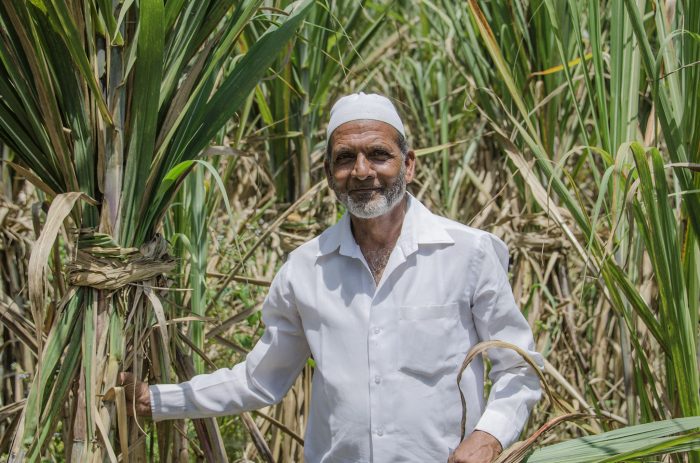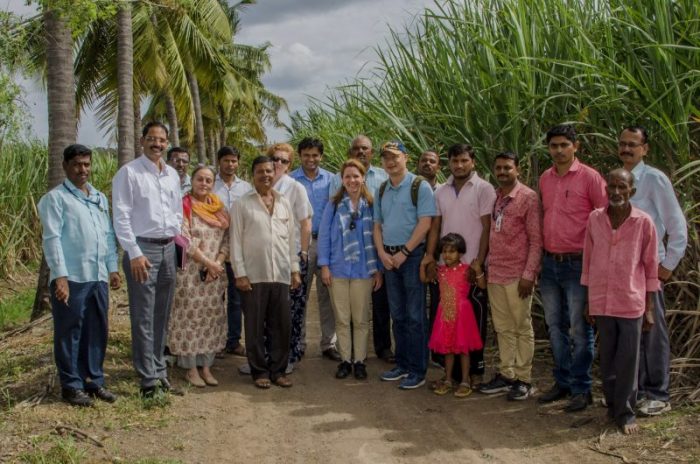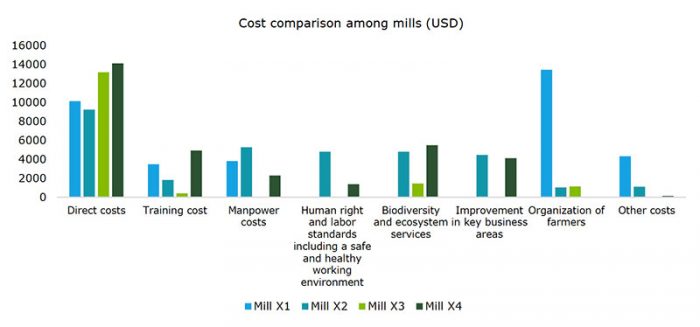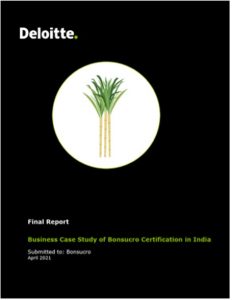14th September 2021

EID Parry, 2018
India is the second largest sugarcane producing country in the world and sugarcane is a critical crop in India’s agricultural landscape. There are 60 million smallholder farmers, and the sector provides employment to over a million people.
India is an important region for Bonsucro. The first mill was certified in 2014 and the Smallholder Standard was rolled out in 2018, which gave our work in India a renewed impetus.
To get an insight into the benefits of Bonsucro certification and the financial implications and challenges of working with smallholders, Bonsucro recently commissioned a study by Deloitte Touché Tohmatsu.
As the certification programme is still young in India, it was imperative to understand the progress and challenges through an analysis of:
- The benefits observed by adopting Bonsucro’s Standards
- The financial implications
- Enablers and barriers to adoption of the standards.
Methodology
The business case study examines four Bonsucro certified sugar mills that have been certified for over two years:
- Baramati Agro Ltd
- Dalmia Bharat Sugar and Industries Ltd
- EID Parry Ltd
- Olam International
The study used the following key parameters:
- Cost-benefit analysis
- Return on Investment (RoI) and Social Return on Investment (SRoI); SRoI considers benefits to the society, environment and other stakeholders.
- Net Present Value (NPV); the difference between the present value of future expenses and profit over a period of time.
- Alignment to SDGs
Initially, the mills didn’t have cost and benefit data, but post-certification all the relevant data was available through the Bonsucro Calculator. Multi stakeholder interviews were conducted across the sector, which involved semi government bodies, NGOs, non-members, civil society and the Bonsucro ambassador in India.
A model (approved by the four mills) was developed to take in cost and benefit data to project cashflows over a five-year period, and a sensitivity analysis was performed on five distinct scenarios to see how the NPV, RoI and SRoI could vary under different circumstances.

The Baramati Agro and Bonsucro teams during a field visit in 2018
Key findings
-
Costs of certification vary from mill to mill
As mills embark on the certification journey, some of them are ahead of the curve because they started working on sustainability at an earlier stage. The longer a mill has been a member, the lower the cost of certification over a period of time.
In the graph below, some of the costs are also not considered to be uniquely attributable to the Bonsucro certification process. While Bonsucro has significantly contributed to the sustainability agenda of the mills, the mills had a level of awareness of sustainability before Bonsucro certification. Thus, many cost items are taken as normal business expenditure and aren’t tied to Bonsucro certification.

-
The larger the land holding, the lower the cost of certification
A link between small holdings and increased cost per unit of certified farms was identified. All farmers’ certification cost is borne by the mill. This reduces the barriers for smallholders to certification but increases the cost for the mills that is then added to the cost of the certification process, hence the benefits from economies of scale.
-
Improved market uptake speed up recovery of investment
The study emphasises the impact of cost and benefit – with NPV, RoI and SRoI increasing when benefit was higher, and decreasing when costs had risen.
However, it also highlights the importance for mills to obtain premiums from the sale of certified sugar for certification to be financially remunerative. For three out of the four mills, the NPV is negative when no premiums have been obtained. Even selling 50% of the sugar at a premium generates a positive NPV.
-
The Bonsucro certification process facilitates data collection
Bonsucro certification requires that a high level of monitoring is available at the farm level. Bonsucro has also helped mills put all data together through the use of the Bonsucro Calculator.
Participating mills shared that availability of better quality data in a systematic way has helped them in planning and analysis.
-
Alignment with the UN SDGs
Bonsucro strives to promote investments that support the sugarcane sector in contributing to the Sustainable Development Goals.
The study provides practical examples of such contribution at the mill-level. It shows how the four mills are contributing to seven SDGs, including SDG3: Good health and wellbeing, SDG6: Clean water and sanitation, and SDG13: Climate action.

The way forward for Bonsucro certification in India
In India, communicating about the sustainability agenda is critical to the growth of sustainable sugarcane. A multi-stakeholder approach and an enabling environment to facilitate the production and marketing of sustainable produce are imperative.
As certification of smallholders involves higher costs and competing with global prices is a challenge, Bonsucro will also continue working with its members towards solutions to increase their access to the certified sustainable sugarcane market.
Additionally, onboarding with government policy could accelerate sustainable sugarcane production at a wide scale. Developing a framework to leverage government schemes would help to incentivise the farmers who follow sustainable practices.

Olam, 2018
Download the report
 To learn more about the benefits of Bonsucro certification in India:
To learn more about the benefits of Bonsucro certification in India:
- Download the report.
- Watch this webinar with Ritu Baruah, India Country Manager and Deloitte Touché Tohmatsu.
If you are a sugarcane producer in India and are interested in Bonsucro certification, please do reach out at ritu@bonsucro.com.





